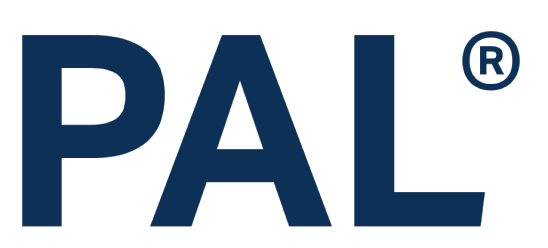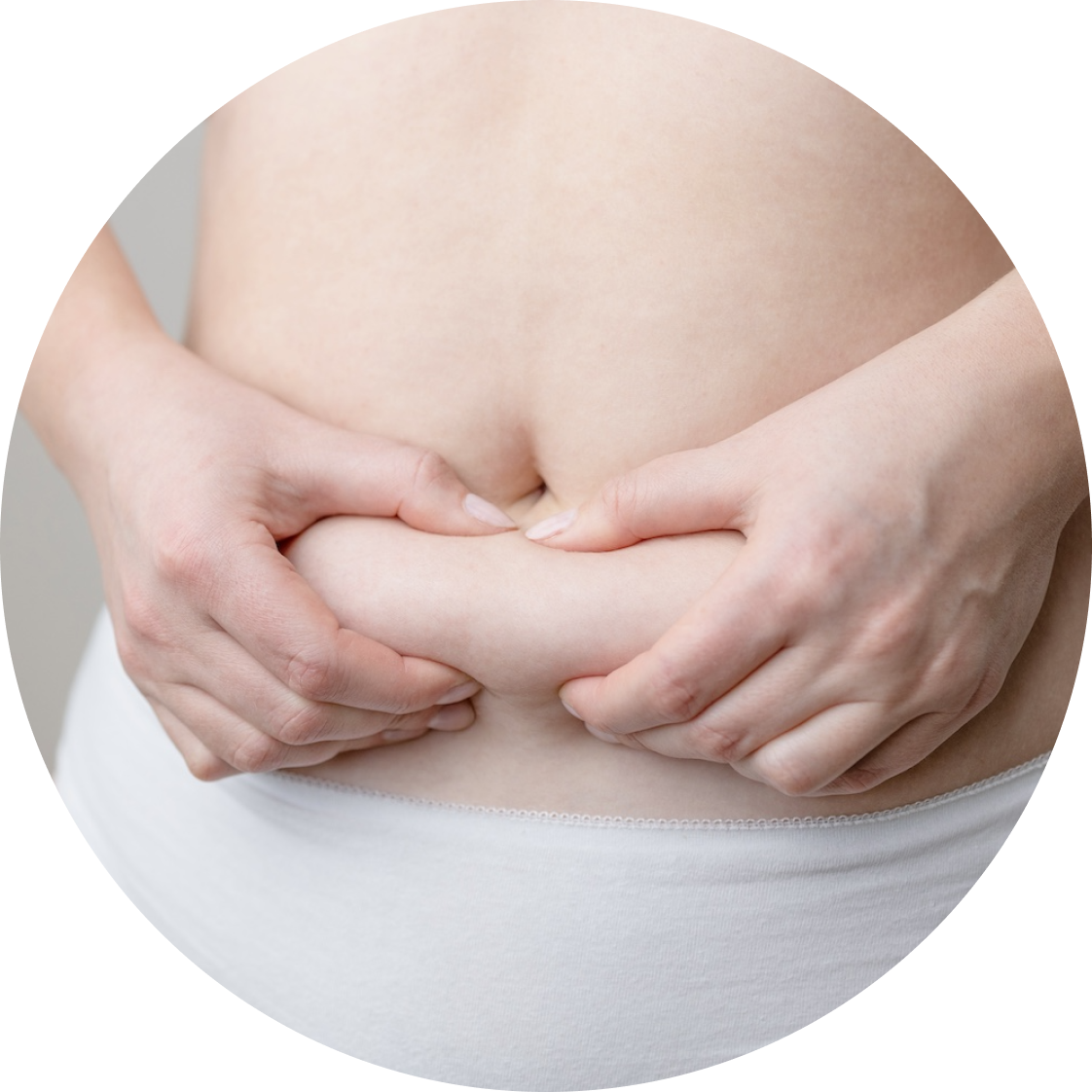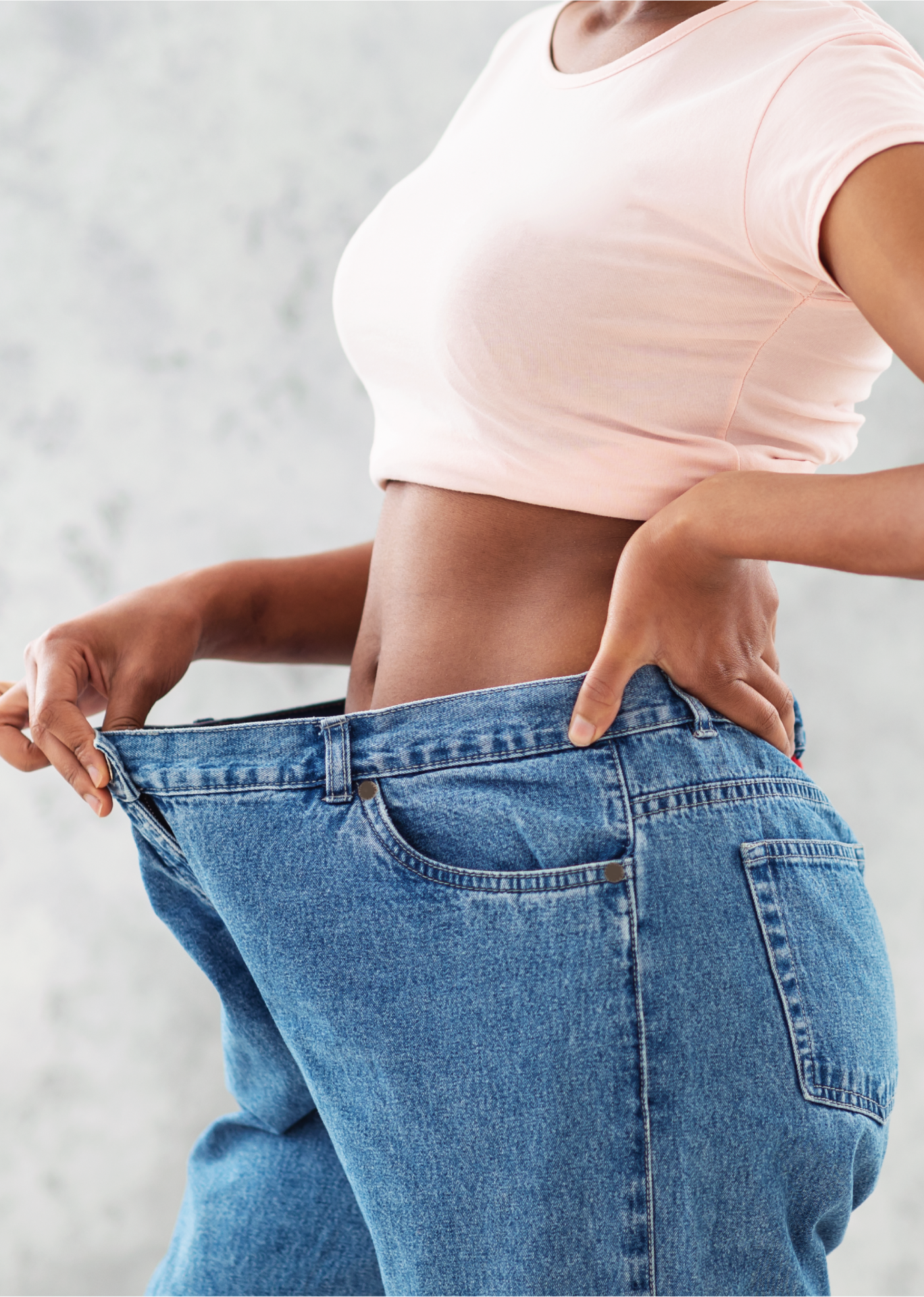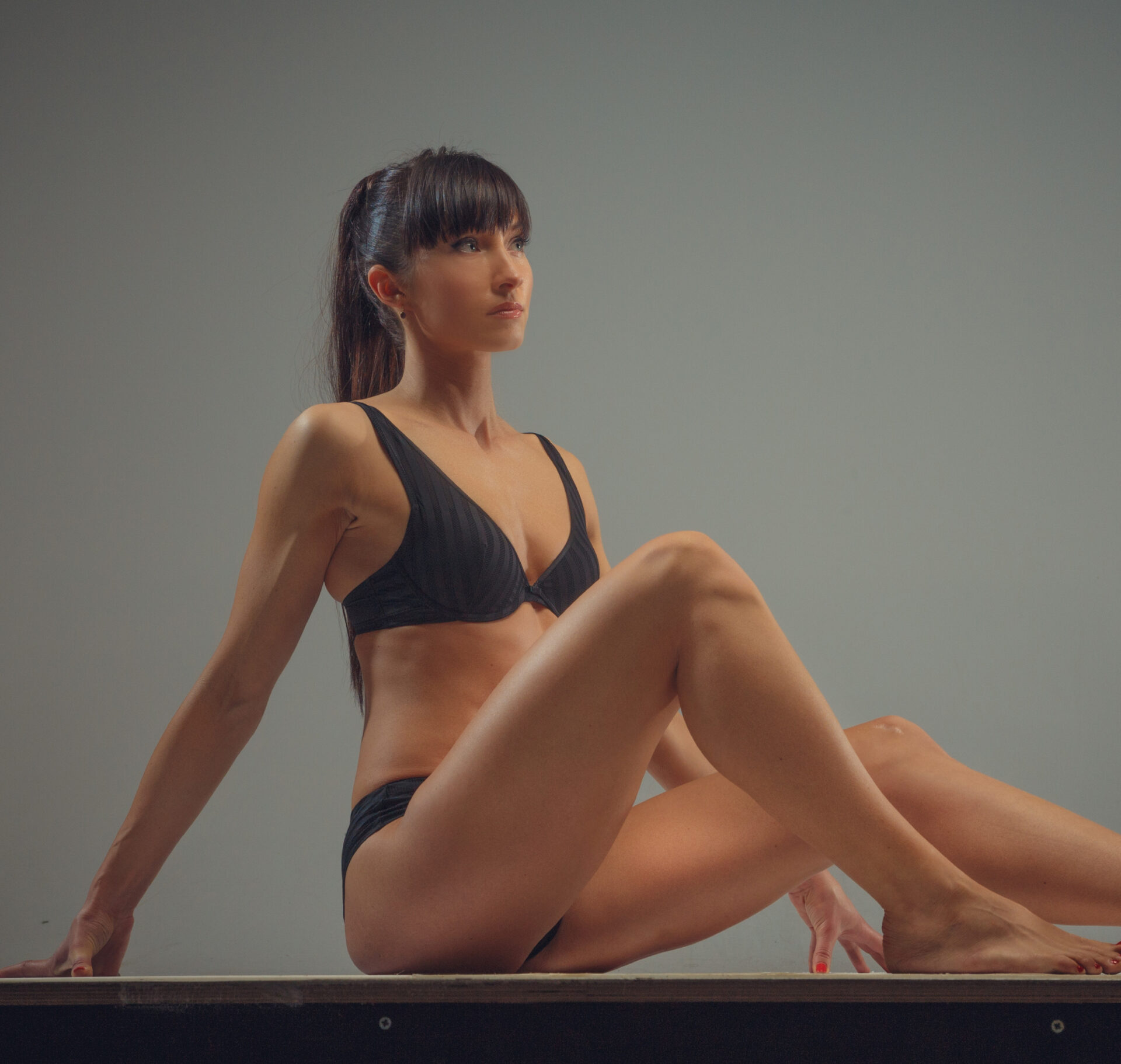

Liposuction is a surgical procedure used to sculpt or contour the body. A surgeon performs the procedure to eliminate unwanted fat from body parts that resist diet and exercise.
The stomach, flanks, back, thighs, hips, and arms are common treatment areas. The method of performing liposuction is now being altered by a new technology called Power Assisted Liposuction (PAL), created by MicroAire Surgical Instruments, which has become the most widely used and preferred alternative to manual liposuction.
What is Power Assisted Liposuction (PAL – 650)?
A powerful tool dedicated to performing liposuction.
Localized fat deposits that are resistant to diet and exercise are intended to be removed by liposuction. The procedure is not a cure for obesity on its own, but it can be used in conjunction with other surgical procedures to reduce body fat. MicroAire's PAL is a power-assisted cannula that gently vibrates back and forth at speeds that are barely perceptible to the eye and that are gentle to the touch in order to lessen the physical demands of conventional liposuction. Your surgeon is able to use less force when performing liposuction, which means less bruising, less swelling and a faster recovery. This patented improvement also gives the surgeon greater precision and control by enabling the cannula to pass through fibrous tissue with remarkable ease.
Localized fat deposits that are resistant to diet and exercise are intended to be removed by liposuction. The procedure is not a cure for obesity on its own, but it can be used in conjunction with other surgical procedures to reduce body fat. MicroAire's PAL is a power-assisted cannula that gently vibrates back and fo
READ MORE

While the PAL innovation succeeds in its objective of making liposuction simpler for the surgeon, it also offers significant advantages to patients.
PAL mostly avoids damaging micro vessels or tearing fibrous tissue while leaving the fat cells intact for possible autologous grafting to other parts of the body.

Shorter Recovery.
Less bruising, swelling and trauma
Precision Liposuction.
Improved surgeon precision for body sculpting and contouring
Safety.
Increased patient comfort and improved safety. Unlike ultrasound or laser liposuction, PAL is not heat-based, so there’s no risk of patient burns
Fast.
Faster procedure compared to manual liposuction.
Power Assisted Liposuction allows patients to experience dramatically improved results with a quicker recovery than traditional liposuction. It is a more efficient and safe way to remove undesirable fat deposits from large or small areas.
Why PAL is Your Liposuction Choice
Increased patient comfort and improved safety.
- Less bleeding, swelling, and trauma
- Quicker recovery time because connective tissue is preserved
- Studies show that PAL produces high concentrations of adipose-derived stem cells, which hold great promise for a variety of medical therapies because it is not heat-based
- Improved surgeon precision for body sculpting and contouring
- Greater cell viability for autologous fat grafting and reinjection
The Suitable Candidates for PAL
If you want to get rid of stubborn fat, you need PAL.
Power-Assisted Liposuction can be performed on overweight patients who want to remove large volumes of fat, or on patients simply looking for definition, contouring and body sculpting. The best person to decide whether you qualify for PAL is your doctor. However, there are a few signs that could guide your choice:
An area of excess fat in the stomach, buttocks, hips, love handles, saddlebags, thighs, calves, ankles, back, arms, neck, and breasts (including male gynecomastia, or breast reduction) may be treated with liposuction surgery.
PAL can be carried out in conjunction with a panniculectomy (the removal of hanging skin and fat, frequently following bariatric surgery or significant weight loss) or an abdominoplasty (tummy tuck) procedure.

FAQs &
Queries
What is liposuction?
Liposuction is a surgical procedure that can help reduce unwanted fat in areas of the body resistant to diet and exercise. During the procedure, small deposits of fat are removed through a stainless-steel tube called a cannula, with the assistance of a high-quality suctioning apparatus (an aspirator). Common areas of treatment include the stomach, thighs, hips, back and arms.Body fat distribution differs between men and women; typically, men want to lose weight around their chest and abdomen while women frequently want to lose weight in the areas of their hips, thighs, and abdomen. The most popular cosmetic surgery procedure for men is liposuction, and the second most popular cosmetic surgery procedure for women is breast augmentation.
Why should I choose PAL over traditional liposuction procedures?
Because of a new procedure called fat transfer, also known as fat grafting, cell viability is becoming more and more crucial. In this procedure, a surgeon collects fat cells using liposuction in a closed, sterile system that preserves the viability of the fat's living cells. In order to enhance areas that may have lost volume over time, the surgeon can then re-inject a portion of the patient's own sterile fat cells into other parts of the body or the face. PAL results in greater cell viability than heat-based techniques, which cause the fat cells to be removed during liposuction.PAL’s technology reduces fatigue for the surgeon and allows for a faster, less painful procedure for the patient. Bruising after PAL is also much less prominent than in traditional liposuction treatments.
What areas of my body can power assisted liposuction improve?
Liposuction with PAL can be performed on many common problem areas of the body that are prone to develop stubborn pockets of fat. This includes the belly, flanks, back, bra roll, thighs, hips, and upper arms.
How long should I wait before I see results after PAL?
You will experience swelling in the treated area after PAL. Therefore, the clear results will start to show after 3 weeks with final improvement by week 12-15.
What preemptive measures should I take before I go through PAL?
Before having liposuction surgery, patients should stop taking any medications that increase their risk of bleeding, including aspirin, non-steroidal anti-inflammatory drugs, and some vitamins and homeopathic remedies (including garlic).
Will my results be permanent?
The fat removed during PAL is gone forever and does not come back, so the results of the body contouring are permanent. However, you should work on diet and exercise and lead an overall healthy lifestyle to maintain the results of your treatment. If you gain a significant amount of weight, fat deposits can reaccumulate in previously treated areas. Also, as your body ages, there will be some loss of firmness in some areas, and you may notice a change in your PAL results over time.








